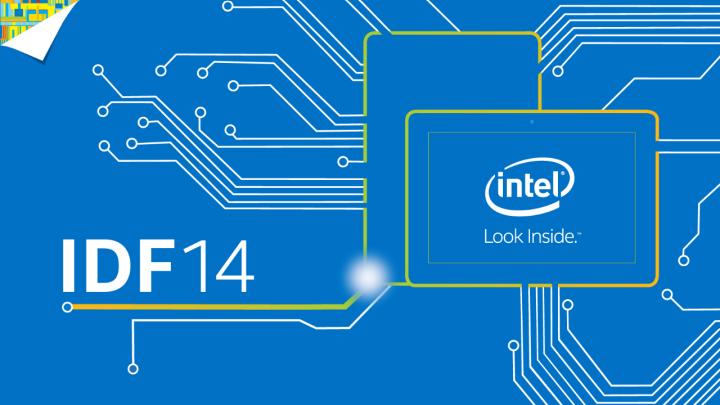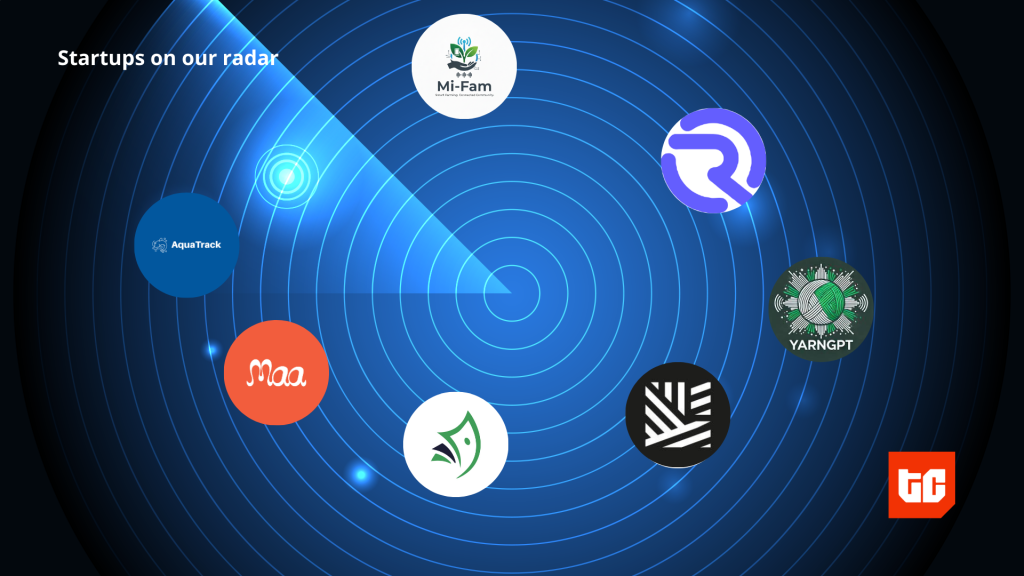It’s 4am in San Francisco, but I am awake and writing this because my body is still operating on Nigerian time.
I’m here for a major technology event. No, it’s not the iPhone 6 announcement. There are more important things to do than stand in line for a 5.5 inch slab of glass and aluminium. Important things like attending the Intel Developer Forum.
You can be excused if you didn’t know of IDF before now. IDF is to Intel what I/O is to Google. Or WWDC is to Apple. Or Build is to Microsoft.
The popularity of I/O, WWDC and Build comes in part from the fact that each of these companies create insanely successful and global consumer technology products. In contrast Intel makes semiconductors, not exactly the stuff of store shelves. In fact, Intel is hugely visible for a company that makes things that go into other things. If you’ve ever owned a PC (or are still stuck with one in this post-PC era), you’ve definitely seen the iconic “Intel inside” insignia.
This is not my first Intel event. But it is my first Intel Developer Forum. I imagine that at this sort of thing, the elephant in the room will likely be how the world’s largest maker of semiconductors missed the wave of mobile boat. This of course is not a topic Intel likes to dwell on. For my part, I’ve not been able to resist rubbing salt in that wound everytime I interact with people that work there. But with each interaction, I’ve come to realise that Intel is not ignoring the elephant in the room as much as it is concentrating on skating to where the puck will be.
In my opinion, the violently disruptive phase of mobile is over. Mobile is where the puck is right now. As a concept, mobile is no longer the future, it is the status quo. The keenest thinkers in technology have already moved on to exploring the next technologies that will shape the way we live, work and play. When was the last time you saw someone preaching mobile-first? Mobile is implicit in all these endeavours. By now, anyone who needs to be told should be in another business altogether.
For Intel, trying to play catch up in mobile would be like trying to bail water out of a leaky ship. That it has held together against the waves of disruption till now is by itself significant — even in the vaunted post-PC era, Intel’s chips are still inside many of today’s electronics, a testament to how literally embedded the company is.
To assure its chips a place inside tomorrow’s electronics though, Intel realises it needs to build a new ship. Preferably a giant jet ski. One designed to ride the coming wave of connected cars, wearable technology, internet of things, the maker movement…you know, the cool new buzzwordy stuff that are also definitely the future, but most importantly, are still at such early stages where Intel can hope to participate in their development.
All that and more are the conversations that Intel plans to have with developers in this edition of IDF. That the iPhone 6 announcement could really screw with my attention is a real possibility, but IDF is why I am in San Francisco, and over the next few days I hope to satisfy my curiousity about how Intel plans on taking its business into the new era of global technology.
Will Intel be relevant in a decade? It depends on how fast they can skate.
Photo Credit: kennymatic via Compfight cc
















